VN's tourism in international integration
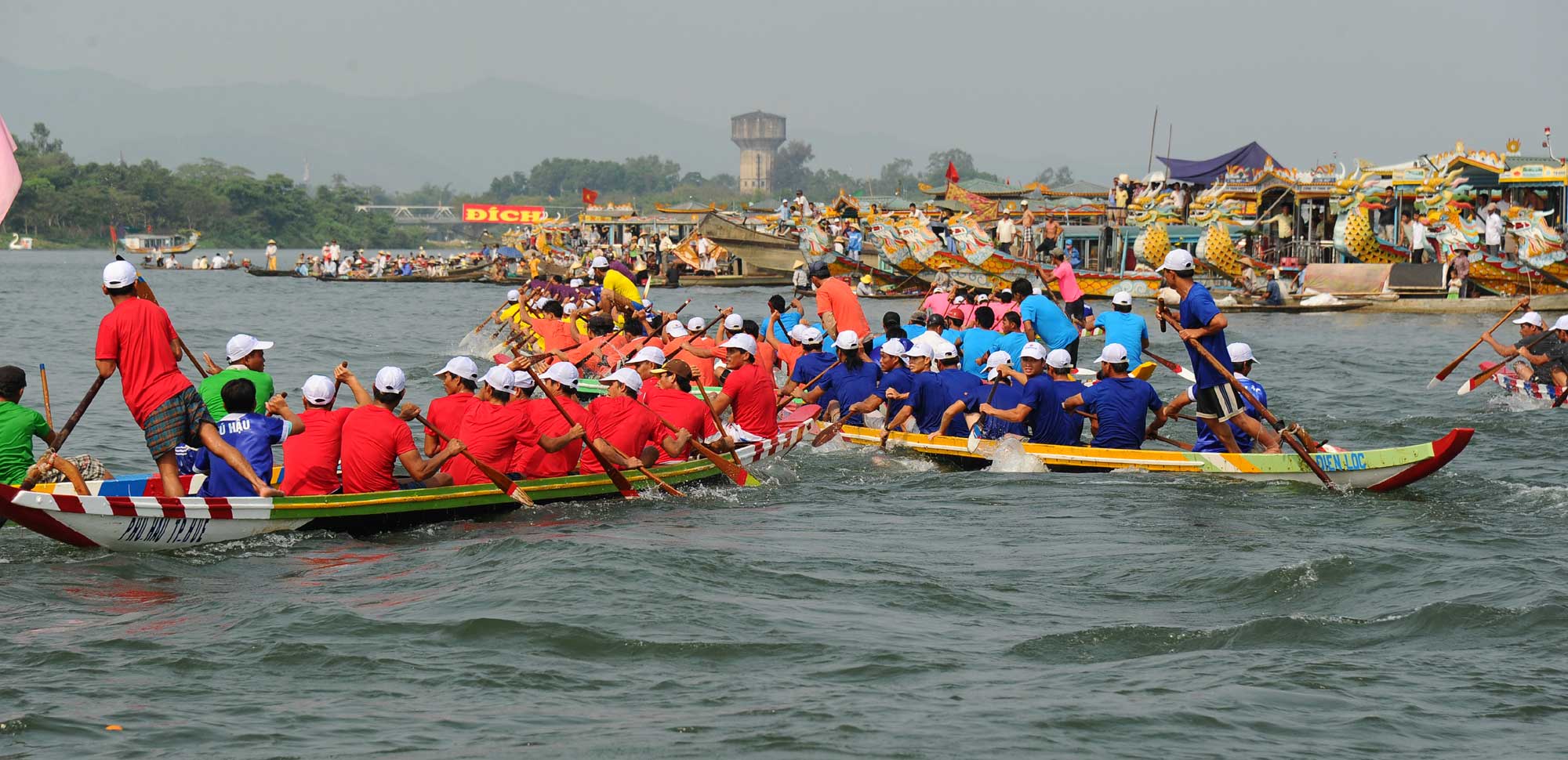 |
This development target was set by the Political Bureau in its resolution issued on January 16, 2017 under which, the tourism industry is projected to welcome between 17 and 20 million foreign travelers and cater to the needs of 82 million domestic visitors from now to 2020.
The total revenue from tourism is expected to reach US$35 billion, representing a 10% contribution to the nation’s GDP and providing roughly 4 million jobs.
By 2030, Vietnam is destined to be listed among the leading Southeast Asian countries with strong tourism growth, an accolade which will become a power driver of socio-economic development.
To reach this target, there is still much work to be done, a significant breakthrough for the vigorous growth of tourism must be achieved.
Over recent years, various kinds of tourism products have been developed in Vietnam with the aim of attracting more tourists, for example, homestays, sea and island tourism, craft village tourism and MICE.
Diverse tourism models
The effective exploitation of different types of MICE tourism (meetings, incentives, conferences and events) will bring in a high stream of tourism revenue and open up a wealth of opportunities that will spur Vietnam’s socio-economic development.
HCM City alone has identified MICE tourism as one of the four main tourism types, each of which which has been made a top priority for future development along with eco-tourism, cultural tourism and shopping tourism.
In fact, MICE tourism has been exploited by travel companies for many years. In 2011, MICE Vietnam Club made its debut in HCM City with the aim of calling on businesses, hotels and travel units to get involved in advertising this new type of tourism.
Ms Tran Thi Viet Huong, Vietravel’s marketing and PR Director, said MICE tourism has attracted attention from international visitors who recognise Vietnam as a safe and friendly destination with a favourable investment environment. Several MICE programs have been organised at many tourist attractions throughout the country.
From the experiences of several nations in the region, Mr Thang emphasized the need to strengthen close co-ordination among state agencies and other units for MICE services such as aviation, travel companies, and hotels. There is also a pressing need to work out an overall strategy for developing MICE tourism.
Many regions throughout the nation have focused on the development of homestay services as they help visitors not only appreciate the beautiful landscape but also offer a closer look at culture, history and daily lifestyles of local people.
Sapa is one of destinations that attracts the largest number of both foreign and domestic visitors choosing homestay services for their holiday. Even ethnic minority people in Ta Van, Ta Phin, Cat Cat and Lao Chai hamlets become experienced tourist guides.
In Mai Chau, a district in Hoa Binh Province, visitors can stay in stilt houses, sample Can wine, join traditional dances with Thai ethnic minority people and enjoy traditional dishes like Com Lam, Mai Ha wine, stream fish and forest vegetables. If you want to experience water life, you can choose homestay services at fishing villages in Ha Long or rural villages in Mekong Delta region.
Sea and island tourism is becoming a new trend in Vietnam and one of the key tourism products, helping transform tourism into one of the key economic industries in the country.
With a coastline if and 3,000 islands, the country has a rich potential for sea and island tourism development. Vietnam ranks 27th out of 156 countries in terms of coastline length and has many beautiful beaches, of which Da Nang beach is considered one of the six most attractive one on the planet by Forbes. Ha Long and Nha Trang are among top beautiful bays in the world.
For generations, sea and islands have not only provided means of existence but also the place for Vietnamese people to develop a culture with a series of special cultural heritages including systems of cultural and historical relic sites, sea gods, ancestors who made contributions to the struggles to conquer sea and set up and enforce national sovereignty at sea, and livelihood, residing, cuisine culture and traditional festivals.
Vietnam formed three sea and island tourism centres – Ha Long, Da Nang and Nha Trang offering modern and luxury accommodation services.
A large number of tourists stimulate foreign businesses to invest in the field, for example an entertainment complex in Ba Ria Vung Tau of the US Platinum Dragon Empire (US$550 million), the UK Rockingham with luxury resorts, entertainment complex and race car track on Phu Quoc island.
Strong development of sea and island tourism has also helped coastal people in many localities across the country to improve their living condition and escape poverty. However, experts have said the results do not live up to the rich potential. Many obstacles still remained like a lack of services, poor products, and lax security in some places.
The Ministry of Culture, Sports and Tourism (MoCST) approved a project to develop sea and island tourism by 2020 with the aim of welcoming 22 million foreigners and 58 million domestic visitors, grossing VND200,000 billion in revenue in the process.
Craft village tourism has also proved an attraction, receiving great attention from visitors, especially foreign tourists. Apart from improving product design and quality, tourism development is regarded as an effective solution to fully tap advantages of Vietnam’s traditional craft villages.
Vietnam has more than 2,000 traditional craft villages, focusing on 11 major fields including textile, wood, lacquer, ceramic, glass, embroidery, rattan, handicraft paper, wood carving, stone carving, copper and silver engraving.
The northern region has the highest density of craft villages with more than 1,500, accounting for 79%, mainly in such localities as Hanoi, Hung Yen, Hai Duong, Bac Ninh, Bac Giang, Ha Giang, Ha Nam and Nam Dinh. The most popular craft villages are Bat Trang ceramic village, Dong Ho folk painting village, Dong Ky wood carving village, Van Phuc silk village and lacquer villages such as Ha Thai, Boi Khe, Son Dong and Cat Dang.
The central region has more than 300 craft villages (making up of 15.5%) with famous vilalges like Sinh painting village, Thanh Ha ceramic village, My Xuyen wood carving village, Kim Bong carpentry village, Phu Cam Conical Hat village, Phuoc Kieu Bronze Casting Village, Ma Chau silk weaving village and Non Nuoc Fine Arts Village.
The southern region has more than 100 craft villages (accounting for 5.5%) with popular ones such as Tuong Binh Hiep lacquer village, Lai Thieu ceramic village, and Buu Long stone village.
Dr Nguyen Thi Lan Huong from the Vietnam National Institute of Culture and Art Studies said with a diverse system of craft village, Vietnam has great potential for craft village tourism. Most international visitors to Vietnam want to purchase handicraft products as gifts and souvenirs as these products represent a quintessence of local culture.
According to some international tourism experts, the combination of tourism and traditional craft villages has become more popular than in other ASEAN nations. This has facilitated the development of tourism and created competitive advantages over other nations in the region.
Experts said that craft villages have been considered a high quality type of tourism as they preserve non-tangible and tangible cultural heritages, which has contributed to forming the nation’s cultural value system.
In addition, the preservation and development of craft village tourism will help generate jobs, stabilize lives for thousands of labourers, all of which is contributing to growng impetus given to the stronger development of society.
Huge potential for tourism development
Popular tourist attractions and award winning resorts are seen as contributory factors to the robust growth of the country’s tourism industry.
Apart from tourist attractions popular to foreign travelers such as Ha Long Bay, Sapa, Hanoi, Danang, Hoi An, Nha Trang, Phu Quoc and Mui Ne, Vietnam’s tourism industry has also become more appealing to tourists thanks to the emergence of unique tourism promotion activities and internationally aclaimed resorts.
2017 has been a memorable year for Danang’s tourism sector. The Danang Fireworks Festival, with unique fireworks display on the Han River, has stirred the festive atmosphere in the city, attracting an influx of visitors.
The number of tourists to the city has also increased 50% against the same period last year thanks to the month long event. Nguyen Quang Vinh, director of Danang Department of Tourism, said that the Danang tourism sector has become more attractive to tourists thanks to such an event and new investments from one of Vietnam’s biggest resort estate developer Sun Group.
Sun Group has launched a series of luxury resorts which have won prestigious awards recently. The InterContinental Danang Sun Peninsula Resort has seen great success, winning four World Travel Awards including the Asia's Leading Luxury Resort 2017, Vietnam's Leading Resort 2017, Asia's Leading Fine Dining Hotel Restaurant 2017: La Maison 1888 Restaurant, and Asia's Leading Luxury Hotel Villa 2017: Sun Peninsula Residence Villa.
The group has also built major tourism and entertainment sites such as Sun World Ba Na Hills and Sun World Danang Wonders (Asia Park). The indoor entertainment area Asia Park provides a vast array of modern games like Sun Wheel and monorail and features miniature reconstructions of some of the most iconic architecture from ten Asian countries.
After Danang, Ha Long’s tourism sector has also made remarkable changes with the construction of the Sun World Halong Park including Queen Cable Car, Sun Wheel, Japan’s Zen Garden and many adventurous games at Dragon Park and Typhoon Water Park.
The complex turned Ha Long into the top tourist attraction in northern Vietnam in the summer of 2017. The number of visitors in the first half of the year surged 12% to 4.3 million against the same period last year. Total revenues from tourism reached more than VND4.3 billion, up 61%.
Apart from stunning bays and beaches and entertainment sites like Vinpearl Land Amusement Park, Nha Trang remains one of the leading options for tourists due to interesting tours focusing on the local history such as tours to Thap Ba and the PoNagar Cham Towers.
Thap Ba is a complex of temples built before 781 A.D. The site belonged to the medieval principality of Khauthara, a small country near modern Nha Trang. It is situated on a mountain named Cu Lao, in the downtown Nha Trang and next to the Cai River.
Visitors can discover hundreds of ancient relics showcased inside the complex and join in with the diverse traditional activities of Cham people during the Thap Ba Festival which is often held in April and at the beginning of May.
Fansipan Sapa with the tourism site Sun World Fansipan Legend is considered the ‘Roof of Indochina’. Since Fansipan Sapa cable car was put into operation in February, it has received hundreds of thousands of international and local visitors, bringing a new lease of life to Lao Cai’s tourism sector.
In the first six months of the year, the number of visitors to Lao Cai province soared 77% to over 2.3 million compared to last year’s corresponding period. The total revenues in six months increased 112.6% to VND6.4 trillion.
Phu Quoc island in the southern province of Kien Giang has also put Vietnam on the world map of luxury travel with the emergence of the first 5-star ++ resort JW Marriott Phu Quoc Emerald Bay of Sun Group. The resort has been named Asia’s Leading New Resort by World Travel Awards Asia & Australasia.
In the future, the establishment of new luxury resorts such as Sun Premier Village Phu Quoc Resort, Sun Premier Kem Beach Resort with villas either on the hill or floating on the water, will prove to be a new tourism magnet for both local and international tourists.
In addition, the tourism industry has also benefited from numerous low-cost air carriers. With the diversification of air routes, frequency of flights and reduction in costs, low-cost are carriers are one of the important factors that spur the growth of Vietnam’s tourism industry in recent time.
According to statistics from the Civil Aviation Authority of Vietnam, the total number of passengers travelling by air in 2016 grew over 29% to 52.2 million compared to 2015’s figure. The domestic passenger market especially showed a marked increase, up 30% to 28 million passengers over the previous year.
The report also highlights the trend of using low-cost carriers has grown dramatically. An estimated 15 million passengers used low-cost airlines in 2016, accounting for 55% of total passengers on domestic air routes.
The number of passengers using budget airlines instead of roads and railways has become popular, as it has dramatically cut travel time while offering competitive costs.
According to statistics from Viet Capital Securities, travel time by air on the HCM City-Hanoi and HCM City-Danang routes account for between 1/15 and 1/17 compared to that by road and railway with the same costs.
The rate of customers travelling by air in Vietnam’s total population increased from 0.5% in 2012 to 0.8% in the first half of 2016. This has reflected the increasing trend of using airlines instead of road, sea routes and railway.
The impressive growth comes from low-cost airlines like Vietjet and Jetstar Pacific, which have successfully tapped the domestic market by increasing the frequency of flights on domestic air routes and operating 50 air routes between Hanoi, Danang and HCM City to 17 local airports.
Accompanying the domestic air routes, Jetstar Pacific has also opened international air routes such as HCM City-Hong Kong, Hanoi-Guangzhou, Danang-Taipei while Vietjet also launched several air routes like Hanoi-Siem Reap (Cambodia), HaiPhong-Seoul (the Republic of Korea) and HCM City-Hong Kong.
Difficulties and solutions
The tourism sector has faced a number of teething problems during its developmental process; invariably the quality of human resources proves a problem. Each year, it needs around 40,000 staff, however, training units fail to meet demand, only providing around 15,000, only 12% of whom graduate from universities and colleges. It is clear that human resources cannot meet the development requirements of the sector.
Vu The Binh, president of the Vietnam Society of Travel Agents (VISTA) said the number of staff in the tourism human resources sector must grow around 20% in the next five years to meet development requirements as hundreds of hotels are waiting to open.
The ability so speak a foreign language is the most important factor for each person involved in tourism, but most of graduates do not meet the demand of recruiters due to weak foreign language skills. Around 30-45% of tourist guides and 70-80% of hotel receptionists do not meet foreign language standards. Around 60% of tourism staff are able to communicate effectively in foreign languages.
Nguyen Huu Tho, president of Vietnam Tourism Association, warned that with Vietnam joining of the ASEAN Economic Community, the tourism labour market will be more open. Workers from Thailand, Singapore, the Philippines, Malaysia, even Laos, Cambodia and Myanmar, who are fluent in two foreign languages can work in Vietnam and hold key positions at multinational tourism companies. If Vietnamese workers cannot meet foreign language requirements they will become hired workers for other ASEAN countries.
Another issue facing the tourism sector is the low spending of foreign visitors in Vietnam. Each visitor from Japan, the US and Russia often spend around US$400-1,200 each shopping, but in Vietnam they spend much less, only around US$300, much lower than in other regional countries.
To combat the problem, Nguyen Tien Dat, vice director of Transviet, proposed that the tourism sector should coordinate with other sectors, like handicraft and trade sectors, to form a circled supply chain to serve customers and encourage visitors to part with their cash more readily during their time in Vietnam.
When identifying the tourism sector as a key economic industry, it is very important to conduct market research and analysis and develop diverse tours and products to meet the increasing demand of visitors. In addition, tourism development must be in line with environmental protection, said Pham Thi Le Thuy, vice director of Fiditour.
Pham Tu, former general director of Vietnam National Administration of Tourism, proposed solutions for tourism development with a focus on building a safe, clean and hospitable environment
Vietnam has a reputation as a safe and friendly destination. It is known as a peaceful nation with a hospitable smile, synonymous with girls in traditional long dresses, known as Ao Dais, and lotus flowers.
According to the World Economic Forum’s Competitiveness Report 2017, Vietnam was highly valued with scoring above other countries in many criteria. However, the country was placed a lowly 57th out of total 136 in terms of safety and security for tourists and visitors.
Particularly, the criteria pertaining to the environment for tourism development were low or unacceptable, for instance, forest destruction (103), water treatment (107), tourism infrastructure (113), environment regulations (115), and sustainable environment (129). These poor rankings highlight the work still to be done.
These issues cannot be resolved overnight, but to help tourism develop into a key economic industry needs a regular supervision program on tourism environment. If regions, travel agents or businesses that let environment pollution at tourism projects, resorts, beaches or entertainment complexes or accidents occur must be reprimanded and fined. Local authorities and business leaders must be held responsible for violations of environment protection.
Tourism environment also means the protection of natural resources and the ecological environment. The master plan on Vietnamese tourism development by 2020 with a vision to 2030 should be reviewed. The protection of natural resources, the ecological environment and cultural identities must be given top priority in the tourism development process.
It is also high time for Vietnam to improve its ranking in the WEF’s Travel and Tourism Competitiveness Index in order to develop a safer, cleaner and more hospitable environment.
In addition, it is essential to concentrate on mobilizing sources, expanding markets and promoting tourism advertisement.
At present, tourism advertisement and promotion programs have not been paid off. Each regions has its own advertising methods. Meanwhile budget allocation for the work is limited. Vietnam only spends around US$2 million on tourism promotion while the figure is much higher in Malaysia, at US$69 million, higher still in Singapore at US$80 million in Singapore, and even this figure is dwarfed by the US$105 million spent by Thailand.
The effective advertisement channel that the tourism sector needs to focus is E-marketing and two international travel fairs - International Tourism Borse (ITB) in Berlin and World Travel Trade Show in London.
Travel agents, together with the Vietnam National Administration of Tourism, run the website www.vietnamtourism.vn to promote tourism at the two international fairs.
Besides, simplifying visa procedures is considered a necessary step in facilitating the greater attraction of foreign travelers.
In the WEF’s Competitiveness Index, Vietnam’s visa requirements are placed a lowly 116th out of 136 countries. Vietnam ranks fifth in ASEAN in terms of the number of foreign arrivals. Vietnam just exempted visa for visitors from 23 countries while Thailand exempted visa for people from 58 countries, Malaysia, Singapore and Indonesia are from 160 to 169 countries.
The group suggested that visa exemption should be expanded to more countries.
Nguyen Quoc Ky, CEO of local tour organizer Vietravel, shared the same view with Pham Tu, saying that many tourists complain that the visa rigmarole is one of the biggest obstacles to visiting a country. To boost tourism, Vietnam should adopt a one-sided visa-free policy as many countries have done.
Shortly after the country began exempting visas for five European countries and allowed a ‘free’ stay of 15 days, the number of arrivals from these markets skyrocketed. The high growth of more than 20% was maintained throughout the first five months of this year.
Once Vietnam is willing to scrap visa requirements, it should also allow tourists to stay longer in the country, from the current 15 days to 30 days. Only by doing these things will we encourage holidaymakers to stay longer and spend more in the country.
Local travel agencies hope for more robust growth if the government considers extending the list of visa-free countries in June 2018, Mr Ky said.
Besides the above solutions, the most important thing is to improve the quality of services to attract more visitors to Vietnam, encouraging them stay longer, and to spend more money.
Last but not least, when tourism has been defined as a key economic sector, it is important to do market research and analysis to develop tourism products to meet the needs of visitors. Additionally, it is necessary to pay heed to the balance of tourism exploitation and ensuring the natural environment towards sustainable tourism development in the international integration process.
What the stars mean:
★ Poor ★ ★ Promising ★★★ Good ★★★★ Very good ★★★★★ Exceptional
Latest News
More News
- Cathay Cargo resumes Ho Chi Minh City service (April 05, 2024 | 19:04)
- Cultivating agricultural tourism model in Hanoi (April 05, 2024 | 14:51)
- HCM City stimulates tourism with discounts up to 60 per cent (April 04, 2024 | 16:01)
- Visitors to Vietnam in first quarter exceeded pre-COVID numbers (April 03, 2024 | 16:42)
- Domestic tourism under threat from high flight costs (April 02, 2024 | 12:19)
- Travelling back to nature (April 02, 2024 | 11:50)
- An Giang launches smart tourism information portal (March 29, 2024 | 10:20)
- Hanoi voted as ‘Best Food Destination for 2024’ by TripAdvisor readers (March 29, 2024 | 10:08)
- AirAsia Cambodia ready to take off starting with three domestic destinations (March 19, 2024 | 18:27)
- Phu Quoc among top beach destinations in Asia (March 19, 2024 | 15:55)



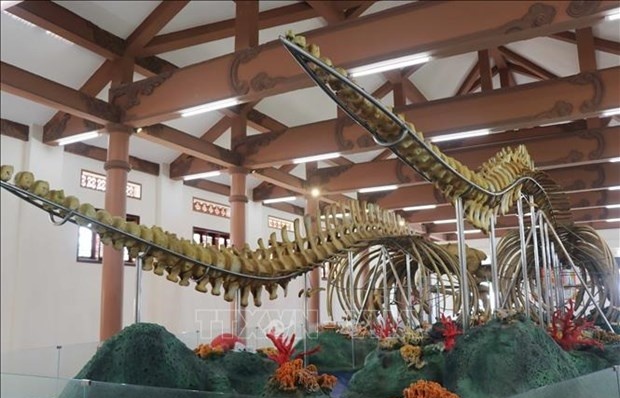
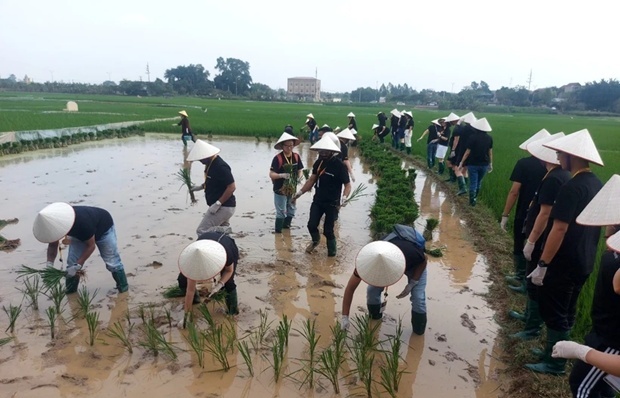
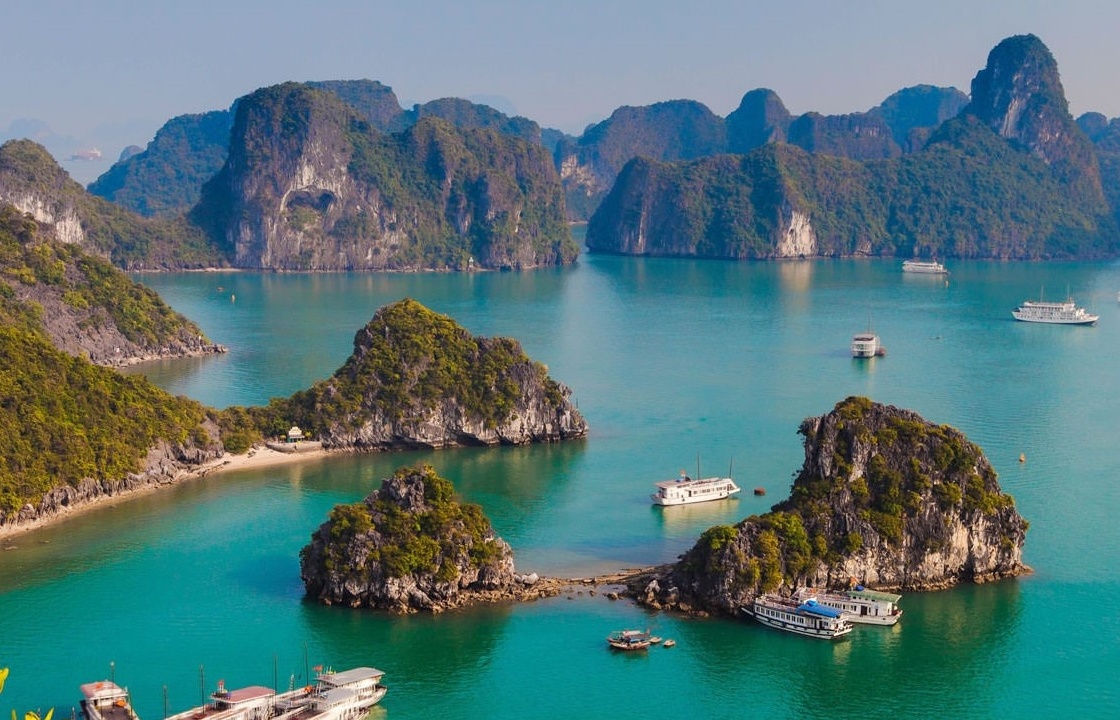
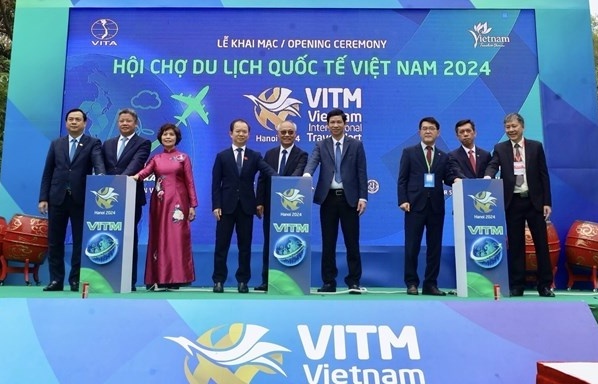
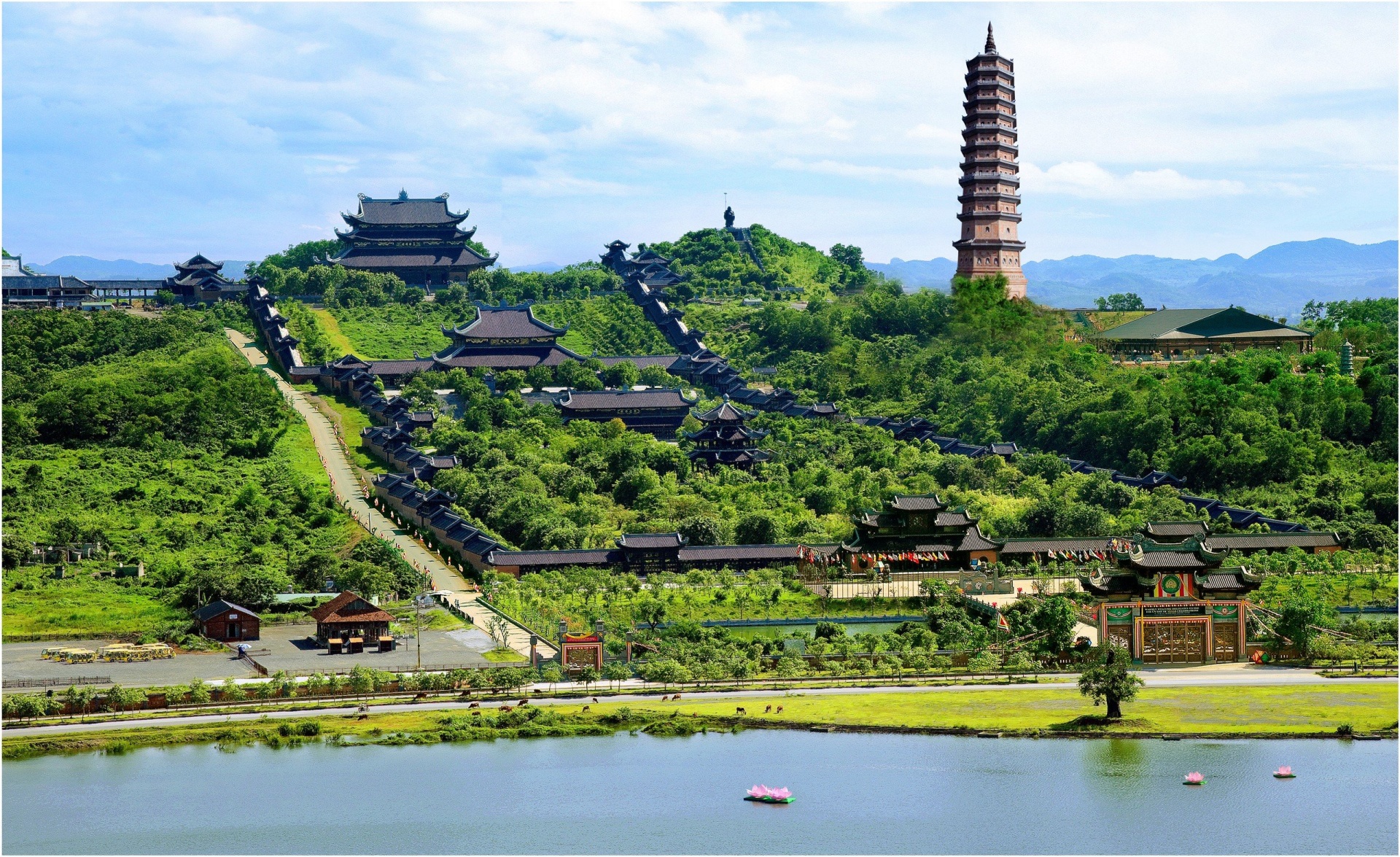
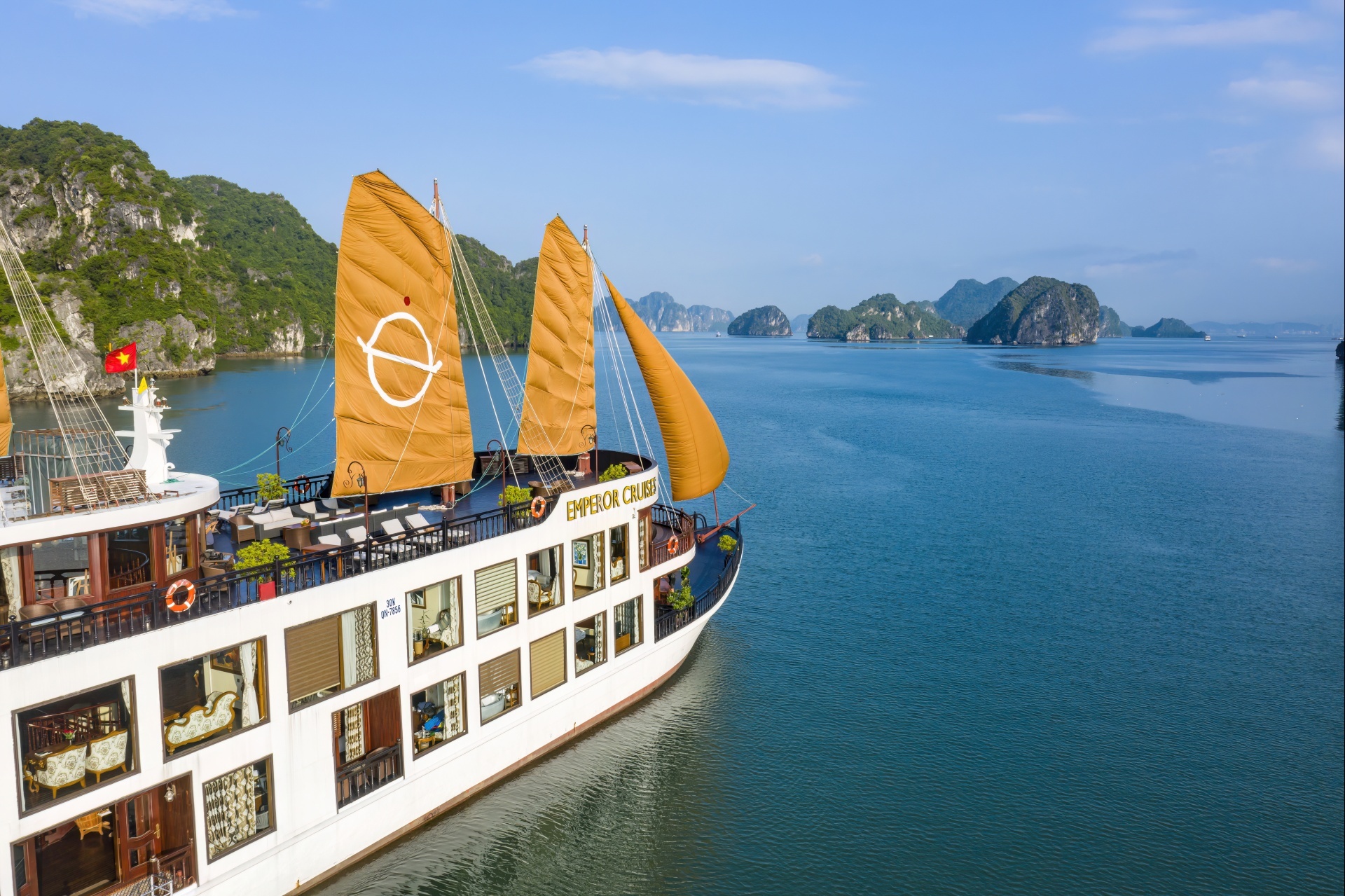



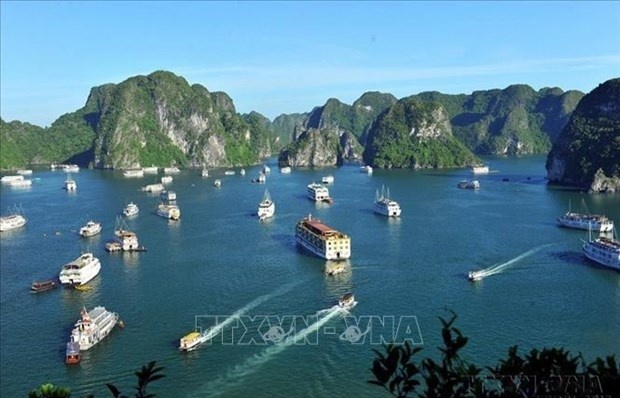
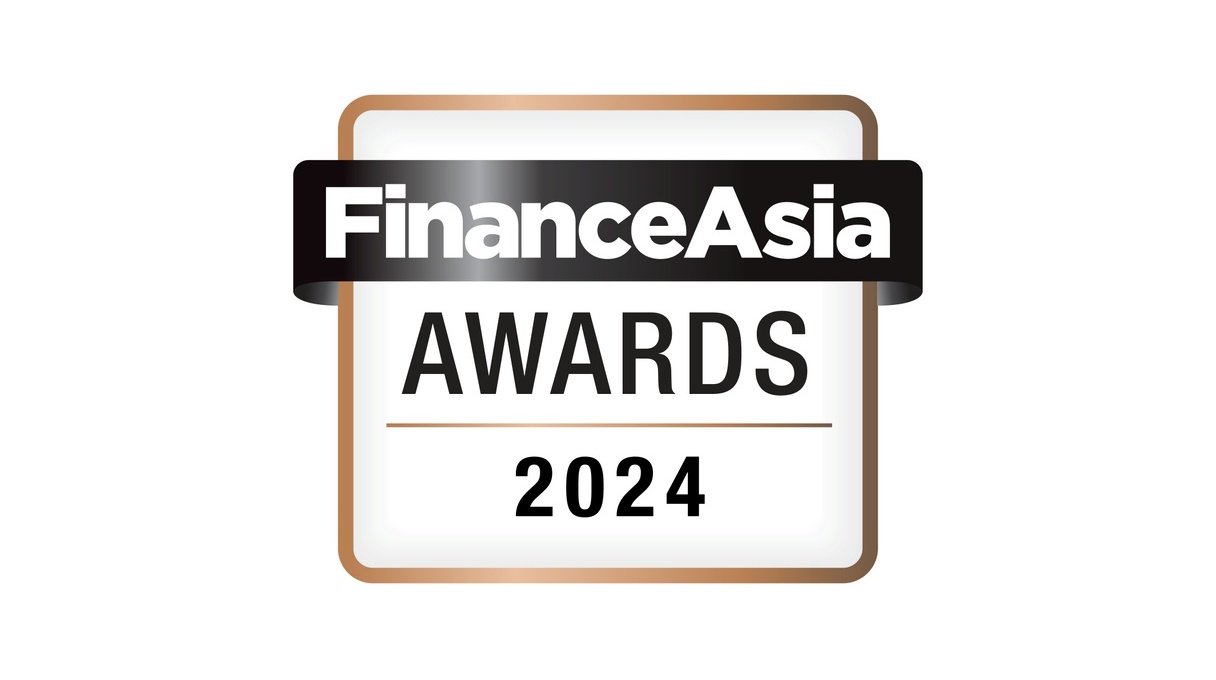
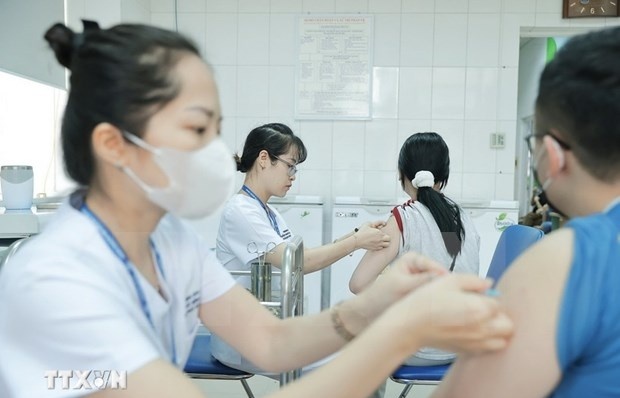



 Mobile Version
Mobile Version